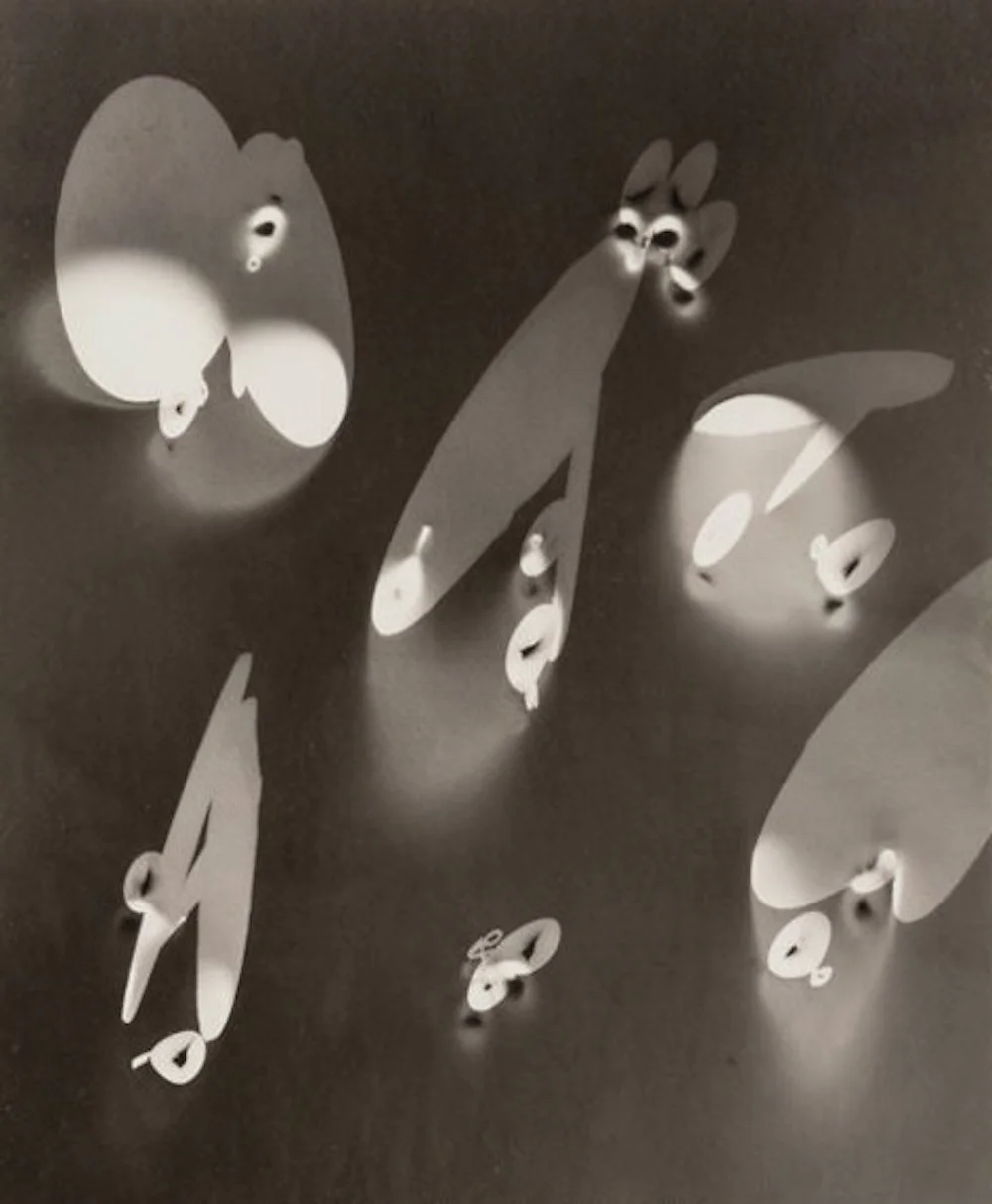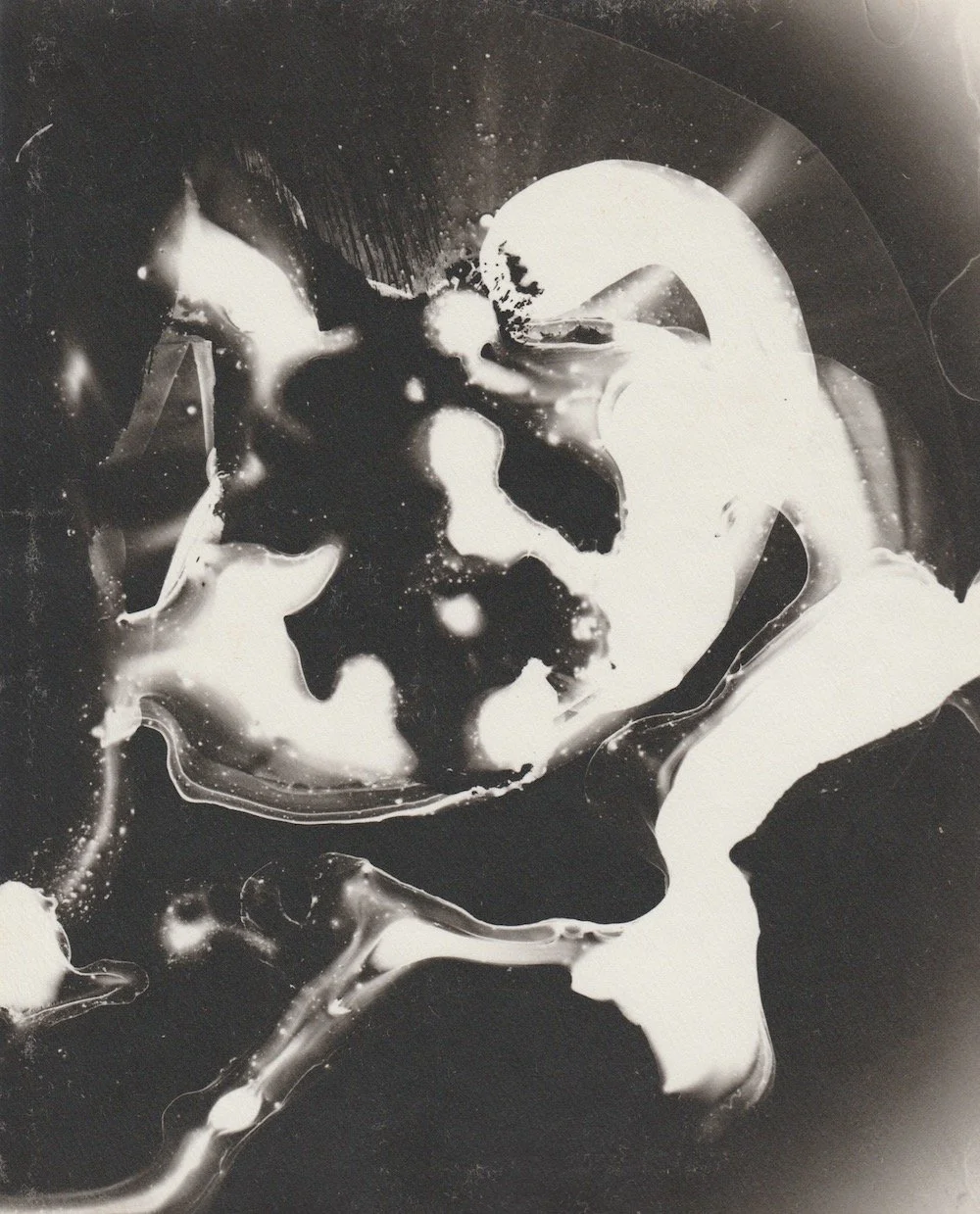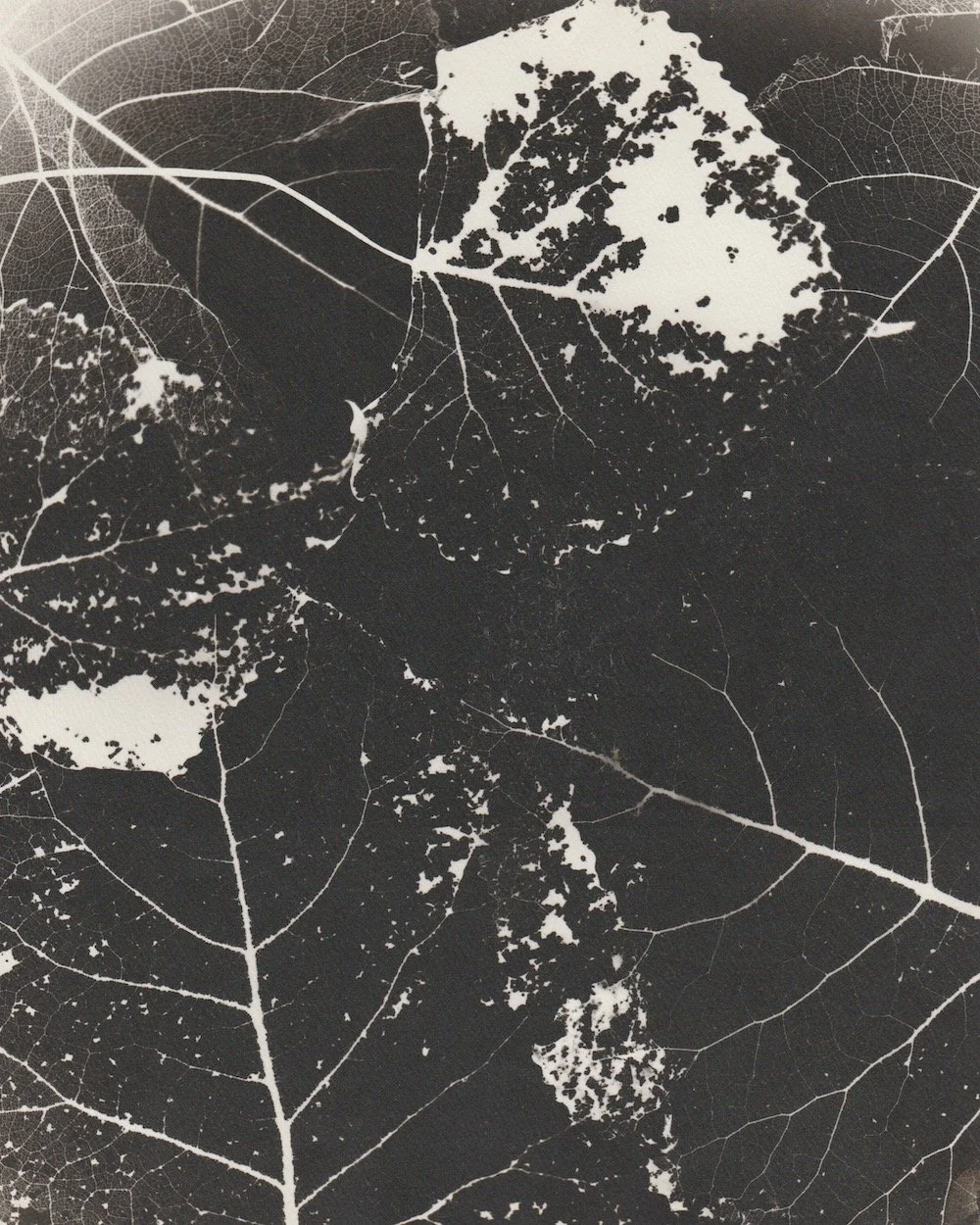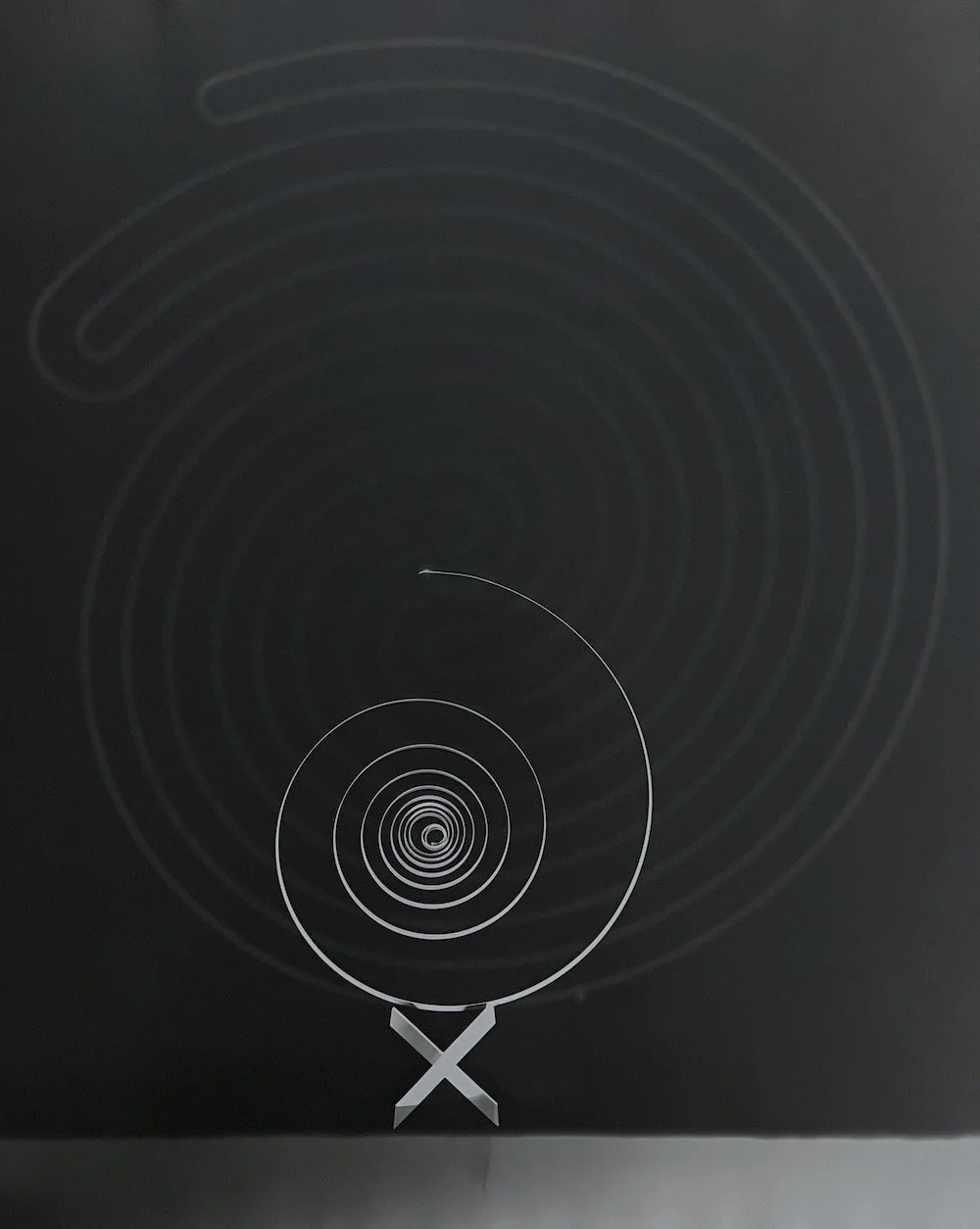Exhibition Review: The Bauhaus in Texas: PDNB Gallery
Written by April-Rose Desalegn
Edited by Jana Massoud
Bauhaus emerged into art spaces in 1919, and its bold aesthetic and social vision found widespread cultural resonance - transatlantic, in fact. The Texas Woman’s University embraced it, holding a visionary art program inspiring participants to work with Bauhaus methods of abstraction to dazzling results. In The Bauhaus in Texas, The PDNB Gallery will present the works of these artists who were a part of the 2021-2022 traveling exhibition Women in Abstraction at the Centre Pompidou in Paris, illuminating the German vision of Bauhaus and its enduring international impact.
In the 1940s and 50s, the German dogma of abstraction spread through Texas when Bauhaus mentors László Moholy-Nagy and György Kepes promoted the manipulation of light, photograms, exposures and solarizations. It was liberating – a photographic theology requiring unapologetic experimentation. Artist Carlotta Corpron was a student of Moholy-Nagy and spread sermons of abstraction at the Texas Woman’s University from the 1940s until the 1980s. The visionary art program was influenced by the German and New Chicago Bauhaus, and inspired a generation of female students including Barbara Maples, Ida Lansky, and Beverly Wilgus, all included in the PDNB exhibition. György’s works are also displayed, The Bauhaus in Texas exhibiting cross-generational works from the 1930s to the 1970s.
While observing the works, I thought – how could the Bauhaus doctrine, geared towards function and social utility, possibly produce the praxis for abstract photography? I came to learn that Maholy-Nagy believed functionality requires innovation – that is, the synthesis of conventional practice with novel thinking. This allowed photography to move beyond mere reproduction to avant-garde creation, offering new perspectives on society. In the abstracted, provocative images, we see that to push beyond the realm of everyday cognition is a highly functional skill, one that is necessary to inspire revolution, innovation and the advancement of the human race. This desperate upheaval of uniformity underpinned the Bauhaus social vision for post-war Germany, which thirsted for a new world.
The works are mind-bendingly beautiful, each artist masterfully twisting light into soft, outlandish decorations. The subject matter of Ida Lansky’s Miro Image can barely be deciphered - multiple white, circular shapes are inflected and warped, scattered formlessly across a dark grey background. Spheres of light shine upon each one, creating layered shapes reminiscent of the wings of a butterfly – if butterflies were geometric, and from the moon. Lansky studied visual art at the TWU from 1954-1959, and would often experiment with the chemistry of photography, using different temperatures and chemicals to manipulate each print.
Untitled (1967-68) by Barbara Maples is a stunning array of ubiquitous objects transformed into abstract photo art. Maples, who usually works with everyday objects, seems to have depicted enlarged scissor handles entirely with light, painting a sharp, inverted silhouette that bewilders the brain. The deeply shadowed background provides an unsettling backdrop for the giant scissors which loom in the lower left-hand corner, and a net, also made of light, drapes across the scissors as if trying to ensnare them. Maples was known to sometimes refrain from using the camera at all in creating her images, instead using only the light room. In her craft, Maples ingeniously inverts traditional uses of negative-positive space, light-darkness, and toys with audience expectations of size to democratize our optics and open the bounds to a new world.
The influence of the Bauhaus in Germany on American art spaces is presented in the upcoming exhibition, The Bauhaus in Texas, with a focus on women in abstraction. The breathtaking images walk the viewer through 50 years of abstract photographic excellence, a masterclass in the avant-garde, highlighting the importance of visionary thinking in homogenous societies.
The PDNB Gallery will open The Bauhaus in Texas on February 19, running until April 2, 2022.
Photo Editor: Nikhita Samala












